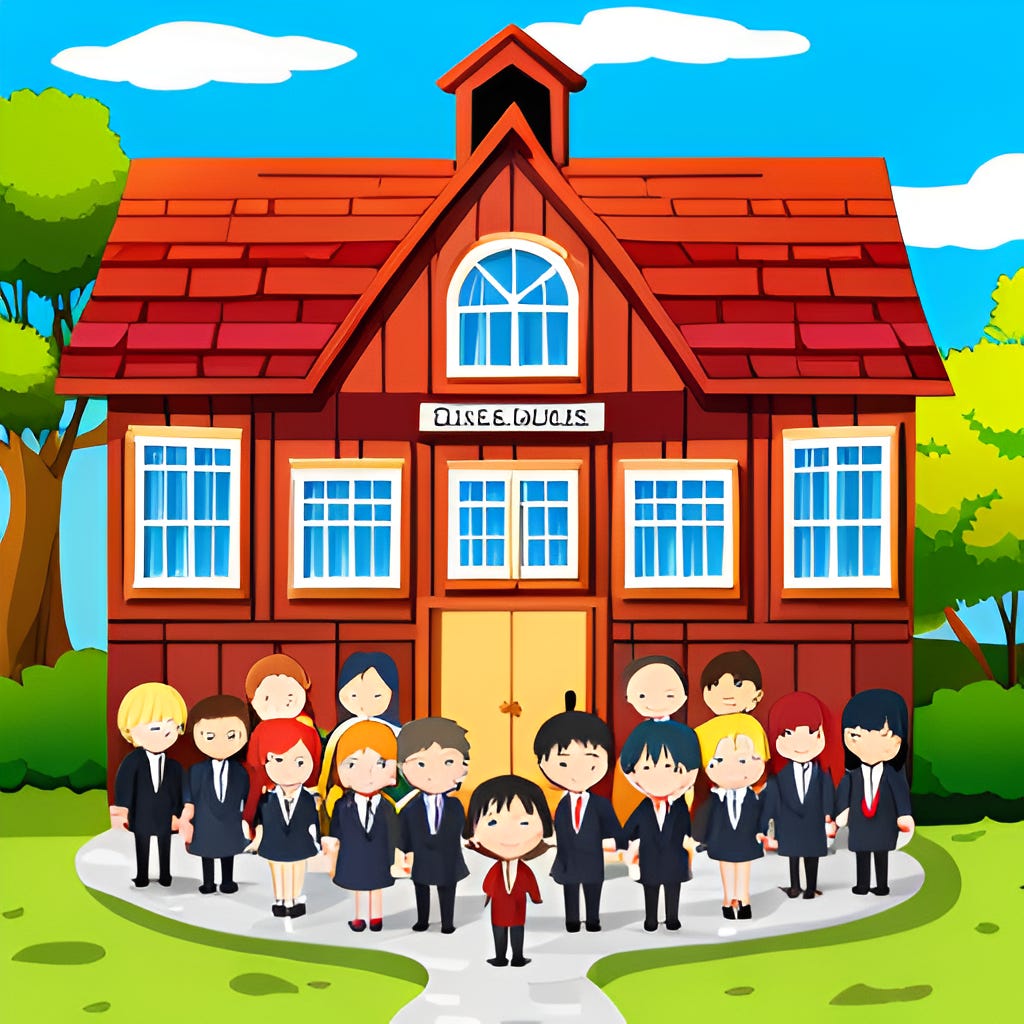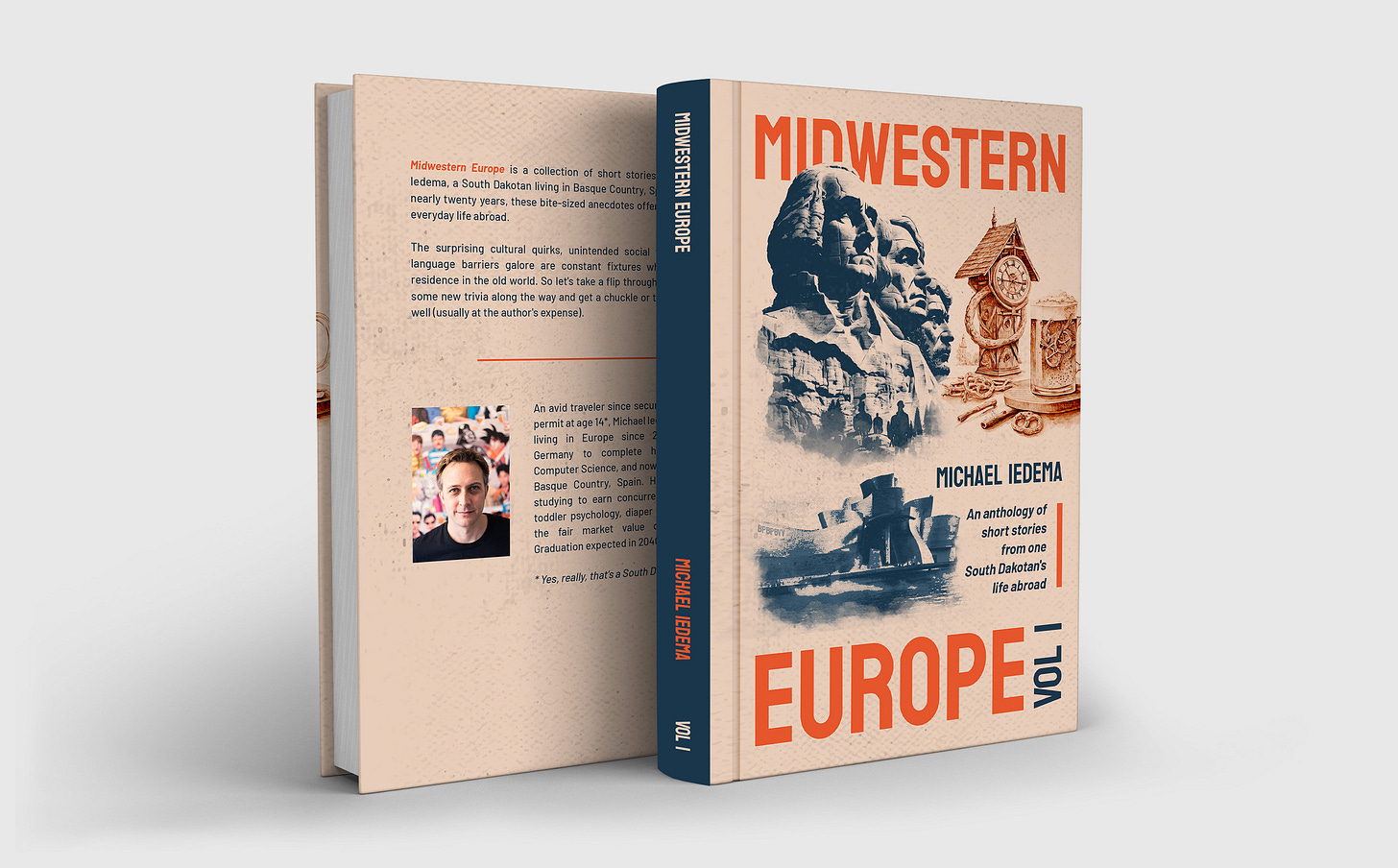
Vol. 1, No. 20 — We’re a few weeks away from the start of Spain’s school year, but we are already gathering our son’s supplies for the first day of his first year of school. He will be 2.5 years old when he walks through the doors in September. School starts later in the year but much earlier in life in Spain.
While I don’t believe he will need a book on orbital mechanics to survive the semester, it was a bit of a shock that public school starts so early. When you look at their weekly agenda though, it’s much more familiar. We would call this daycare or preschool. There are public options for even younger-aged children, but with 2020 being what it was, we were all at home anyway.
Maternity leave in Spain lasts for 16 weeks. Paternity leave is also 16 weeks. If you’re a single parent, you get both! After this period has lapsed though, many families look for childcare options. Anecdotally, private childcare in our area is about $200 to $300 per month depending on the hours you need between 7 a.m. and 4 p.m. While 4 p.m. may sound early as a closing time, Spain also has a law that allows one parent to elect to work a 50–80% day (for 50–80% pay) during the first 12 years of the child’s life so they can get home sooner. The government supplements this pay cut for a while to help cover costs associated with childcare but it is not a directly proportional adjustment.
So, what awaits our little dude once he has passed this preschool age? When he hits six years old, he will enter primary school. It consists of grades 1–6 for kids aged 6–12. Already, during both preschool and primary school, English is taught as a foreign language. This being Basque Country, his classes will not be taught in Spanish but Euskara (Basque). As strange as it may sound, he will be learning Spanish as a subject, like math or history. He will round out his Spanish skills during daily life around town and interacting with family members, etc.
After primary school, there is secondary school which consists of grades 7–10 for kids aged 12–16. This is like middle school plus freshman and sophomore years lumped together, if you line it up with the US system. It is also where mandatory education ends in Spain. But, as in the US, the vast majority continue on to finish high school.
In Spain, the equivalent to the junior and senior years of high school are “the baccalaureate” or “post-16 education”. These final two years are required if you plan to go on to vocational school or college.
I haven’t even attempted to dive into the private school landscape here. It is both impressive and intimidating. Would you like your child to be in a school surrounded by the forest and have access to an Olympic-sized pool and eat homemade meals made from local produce every day? Pay and it’s possible. Would you like your child to be in a school taught completely in American English? Or French? Or German? Or British English? Pay and it’s possible.
We are lucky enough to live in an area with a good school within walking distance. He will be in a class of about 20 kids, and there’s only one class per grade. It is a very small school. No pool. No personal chefs. But Nora and I both grew up in small schools with the same group of classmates for the entire K-12 run, and I think that is why we both feel this is a “good” school. They’ll all get to know Nikola and maybe even eventually, hopefully, be able to pronounce his last name.
Midwestern Europe: Volume 1 with the first 52 entries in this series is available now on Amazon US, Spain, and Germany in hardcover, paperback, and Kindle formats!
They were made with much love. Pick up a copy, you won’t be disappointed.
If you’ve been enjoying these entries, please consider dropping by the product page and leaving a star rating based on what you’ve read here. Your investment of a minute or two would totally make my day! Many thanks.

